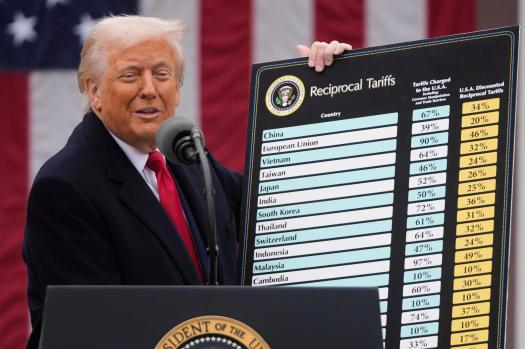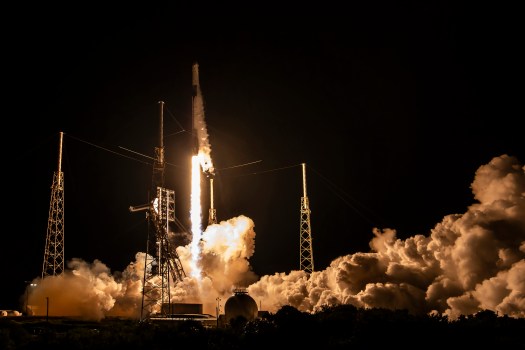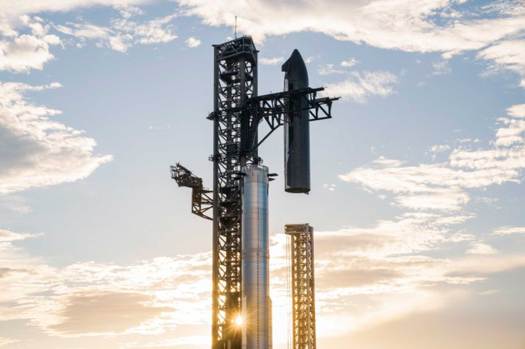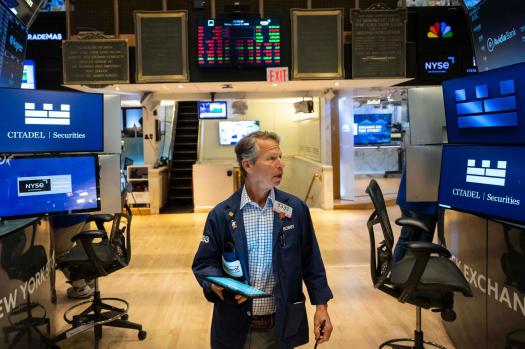Written by AP Business Writer WYATTE GRANTHAM-PHILIPS
NEW YORK (AP) President Donald Trump introduced his most comprehensive set of tariffs just over three months ago, displaying big charts from the White House Rose Garden that detailed new import charges that the United States would soon impose on commodities from almost every nation in the globe.
Related Articles
-
Trump to put 25% tariffs on Japan and South Korea
-
Trump administration s crackdown on pro-Palestinian campus activists faces federal trial
-
Trump and Netanyahu may take a victory lap on Iran, but the Gaza war looms over their meeting
-
Did the president drop an f-bomb? Yes, and Democrats are doing it too
-
Battles over public lands loom even after sell-off proposal fails
However, the majority of those Liberation Day levies in April were delayed just hours after they went into effect in a 90-day suspension, which came in an apparent attempt to calm global market panic and facilitate country-by-country negotiations. This was in keeping with much of Trump’s on-again, off-again trade policy strategy. The administration’s ambitious target at the time was to complete 90 trade agreements in 90 days.
As the deadline of July 9 approaches, the United States has only revealed agreements with Vietnam and the United Kingdom, along with a framework deal with China in a different trade issue. Even when nations on both sides of a negotiation table made more formal statements, many important factors, like timing, were lacking. News of these agreements frequently leaked through the president’s social media posts.
Since then, the Trump administration has made suggestions that some trading partners may be given extra time for negotiations. Trump announced over the July 4th holiday weekend that the United States would begin issuing letters to certain nations alerting them to the possibility of additional tariffs starting on August 1. Trump posted letters he sent to the leaders of South Korea and Japan on Truth Social on Monday, announcing that both nations would be subject to a 25% tariff on products coming into the United States beginning on August 1.
In addition to severe new duties targeting foreign steel and aluminum as well as car imports, most countries have been subject to a minimum 10% fee on goods entering the U.S. for the past three months, despite ongoing negotiations.For dozens of countries, the 90-day moratorium delayed much higher rates that Trump refers to as reciprocal tariffs.
What we know about the trade agreements that have been announced since April is as follows.
Trump announced a trade agreement with Vietnam on July 2 that would permit duty-free entry of American goods into the nation. In contrast, there would be a 20% tax on Vietnamese exports to the US.
In April, Trump suggested a reciprocal rate of 46% for Vietnamese goods, which is less than half of that amount. Trump, however, said that the United States will levy a 40% tax on transshipping, which targets goods from other nations that stop in Vietnam en route to the United States, in addition to the new 20% tariff rate. Washington laments that Chinese commodities have been passing through Vietnam to avoid higher U.S. taxes.
When these new charges would take effect and if they would be added to any other levies that had already been put in place were not immediately clear. Vietnam has been subject to Trump’s 10% baseline tariff for the past three months, much like the majority of other nations.
In addition to other trade commitments, Trump agreed on May 8 to lower duties on British steel, aluminum, and automobiles, while the United Kingdom pledged to lower tariffs on American goods like sports equipment, wine, and olive oil. Both nations made big announcements about the pact, but for weeks, certain important aspects were kept a secret.
For instance, the British government made a significant statement when the agreement was announced, stating that the United States had agreed to exempt the United Kingdom from its then-universal 25% taxes on foreign steel and aluminum. This would have essentially allowed both metals from the nation to enter the United States duty-free.
However, for over a month, it was unclear when such cuts would actually go into effect. The U.S. didn’t realize it was time to put the deal into effect until early June, when Trump raised his steel and aluminum tariffs to a punitive 50% globally. Furthermore, U.S. duties on British aluminum and steel did not drop to zero even at that point. The United Kingdom, which was the only nation exempt from Trump’s new 50% tariffs, is still subject to 25% import taxes on metals, and Trump stated that the rate may increase on or after Wednesday.
The United Kingdom is still subject to the 10% baseline tax even though it did not get a higher reciprocal rate on April 2.
At its height, China’s countertariffs on American goods reached 125%, while Trump’s increased taxes on Chinese imports totaled 145%. However, the nations reached a 90-day truce on May 12 to reduce those levies to 10% and 30%, respectively. Additionally, information on a possible trade agreement started to surface last month.
After negotiations in London, Trump unveiled a deal outline on June 11. Additionally, both China and the United States admitted that some kind of agreement had been struck late last month.China has committed to facilitate American companies’ acquisition of rare earth materials and magnets that are essential for manufacturing and microchip fabrication, according to U.S. Treasury Secretary Scott Bessent. The Chinese Commerce Ministry stated that the U.S. will remove a number of restriction measures it had placed on China and that it would examine and approve eligible export applications for regulated products, without specifically referring to U.S. access to rare earths.
It was not immediately obvious what those steps would entail or when they would actually take effect. However, the Ministry of Commerce revealed on Friday that the United States was starting to ship ethane, aviation components, and other goods to China again. Additionally, the United States had stated that it would no longer pursue the revocation of Chinese students’ visas on American college campuses when Trump first unveiled the framework on June 11.
This report was produced by AP reporters Paul Wiseman and Fu Ting in Washington, D.C.; Aniruddha Ghosal in Hanoi; and Huizhong Wu in Bangkok.












